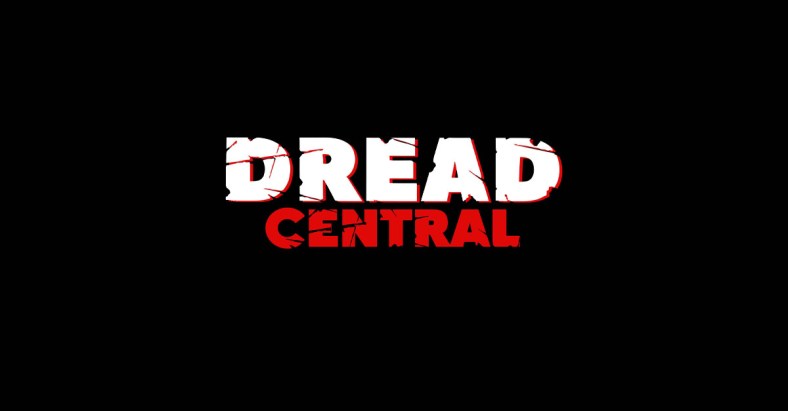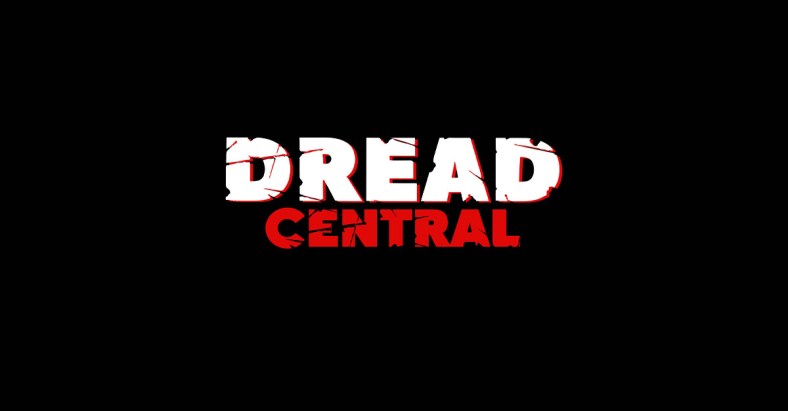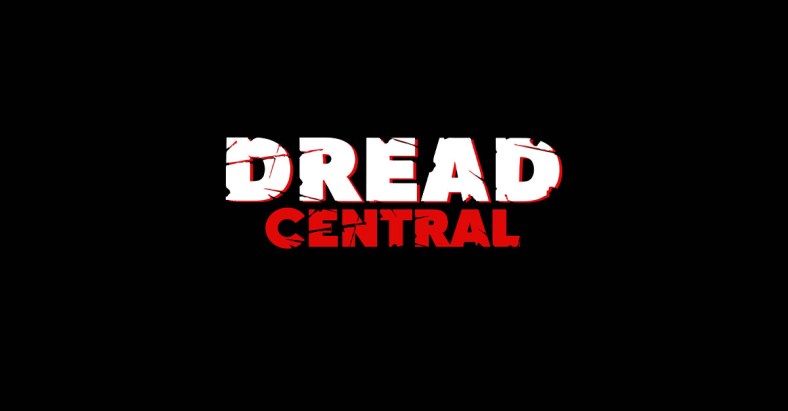For Art’s Sake: The Static Speaks My Name

It may seem due to my often crass humor and base sensibilities that art games would not appeal to me, which is generally true in practice and incorrect in theory. I actually like art in most forms, especially interactive media. I dug a little art game called The Graveyard by now defunct Tale of Tales, and the crushing atmosphere of The Void both moved and terrified me. I don’t really care if something is more of an experience than a “game.” Not every car is a Ferrari, and without the Jeeps, sedans, and motorcycles, the regular non-Ferrari affording people of the world would have a hard time getting everywhere. I like variety; it’s just when that car doesn’t have brakes or that game redeeming qualities, I fail to see how it passes as art.
Figuring out what I won’t like is pretty simple and well summed up in a George Sand quote: “Art for art’s sake is an empty phrase. Art for the sake of truth, art for the sake of the good and the beautiful, that is the faith I am searching for.” I find most attempts at “thought-provoking” art games to be trite. They are often too obscure, burying themselves in obtuse metaphors so deeply that the actual core is impossible to reach. Thirty Flights of Loving was one such game that lost itself in its own metaphor. Originally presenting itself as a game about freedom fighters/maybe terrorists, it alludes to being a metaphor for alcohol abuse and a drunk driving accident. Then the game taught me the basics of flight and was about geese and airplanes or something.
Where actual cleverness should be in Thirty Flights is supplanted with nebulous hand waves and knowing chin scratches accompanied by long thoughtful nods. Lacking a concise meaning, it leaves it up to the player to interpret, analyze, and ultimately provide the answers to what the fuck is going on. People like this kind of game because it makes them feel smart. They are in the “know” because they “got it,” which is technically true since the lack of a real message means that there’s no way to not “get it.” If everything is art, then nothing is art, and if everything is your message, then you say nothing.

There is more cleverness in this not-pipe than your entire indie game library.
On the other hand, when a game is too blunt, it comes out like The Passage. Art gaming at its most extreme, the “objective” of The Passage is to hold right until you die. You start as a young man, and as you get older, the amount you can see forward decreases while how far you can see back increases. You can find treasure chests that don’t do anything and marry someone if you want. The message of the game is that we all do stuff until we die, a point which we literally all demonstrate every day by existing. I appreciate the artistic integrity of the title but find it to be too basic, devoid of insight.
To me, an art game should be purposed but still vague enough to make your mind work to grasp the minutia. It should have something to say without just blurting it out. It should be thematic. Most of all, it should be entertaining. If you want to know what that looks like, a good free example would be the static speaks my name, which also happens to be the subject of this little article.
tssmn is only about 10 minutes long, so I won’t bother with spoiler tags. As an entirely narrative experience, it would be impossible to discuss the game without spoiling some of the plot. Beginning as a disembodied entity in a black void, you are drawn to a single portal of static ahead of you. In faint lowercase letters, the portal states: name: jacob ernholtz, age: 31, cause of death: asphyxiation by hanging. Teleporting into his mind, you experience the last few actions of this recluse of a man trapped in his own surreal world. The name is unimportant, and aside from him being conspicuously male, he could easily be any of us.
If “asphyxiation by hanging” wasn’t blunt enough for you, it is immediately apparent that a band of vigilantes isn’t about to bust into your room to deliver some Old West justice for cattle rustling. Waking up 3:22 A.M., the first image you are presented with is this not so motivational poster:

Everything is oppressively dark, but not spooky. While sufficiently moody, that mood isn’t “look out for the ghost RIGHT BEHIND YOU!!!!!!!” Shrimp silently swim in their tank, hollowly motivational and happy books sit on your shelves, and deceptively upbeat pictures of two palms on a beach cover the walls. Your first objective is to use the toilet, which, as far as easy first objectives go, ranks up there with the tutorial level of every AAA release ever nowadays.
After you experience your very early morning evacuation, you are tasked with finding something to eat. Walking from the bedroom to the hallway, you find the doors and windows boarded up and an iconic set of televisions playing nothing but static eerily lighting the hallway with their spotty, incandescent blaze. A room to the left shows more of the palm tree picture, but replicated obsessively. Different styles, shades, lighting, all labeled, some analyzed with absurd scrutiny. I’m tempted to say it’s a clever criticism on the over-analysis of art, which honestly doesn’t seem out of the league of creativity that the writer is capable of. It is more likely just what it is—a shocking and poignant insight into a broken and obsessive mind—but as an alpha art wank I’ll take the liberty of believing that it can be a bit of both.
Walking to the kitchen, you find your refrigerator empty. You blankly state, “Still empty… I guess it’s shrimp again.” Back to your room you go, to eat your pets out of their tank. You don’t even cook them, just munch them straight out of their tank. I have seen some pretty fucked up decapitations and dismemberment in games, but that shit got to me. It perfectly represented the acceptance of the horrible one feels when slipping into a deep depression.

After this, you go to your computer to talk to “friends.” You find that your friends list only consists of three people, all offline, but receive a messages from a horny stranger a la chatroulette/porn pop-ups. You are given two options for dialogue, which can best be described as “depressed” option or “violently depressed” option. Both lead to the same inability to communicate thoughts and the same deepening of isolation.
After this, you stand up, clean your microwave, and “decide what to do with the man in the cage.” Up until this point, you could easily have missed this part of the game. Without searching around, you could still easily miss it before the game’s conclusion. Little clues are scattered throughout the house, with the main clue coming from a paper you find on a desk in the room with all the palm tree pictures. It describes your plans to build a secret door, as well as instructions on how to open it. Don’t expect any crazy puzzles; you just have to know where the door is and grab the key from near the entrance. Inside, you will find this:

Well, shit; didn’t fucking expect that. Previous oddities reveal themselves to be clues at this point. The obsession with the painting of the palms, the one picture in negative where the artist’s signature can be seen, the instructions for the secret room, and the newspaper article about the missing painter taped to your fridge all point to a deeply disturbed mind gone too far.
You may either let him out of his cage or kill him at this point, but both lead to the same conclusion. Finally allowing your body to rest, you walk into the closet and hang yourself. The screen goes black as you gasp for air and then go limp. The player once again finds himself in the black void, this time with four different static portals, all silently promising the story of another name, at another age, with another method of taking your own life. The portal you pick does not matter because as you enter, the title displays again, and credits roll.
After this, the client closes, and the game is over. Booting the game will lead to the start once again as the unknown entity in the void is about to enter Jacob’s portal. This is the entire experience of the game, maybe 10 minutes from start to finish. There are no bonus features, and aside from deciding what to do with the painter trapped in your vault, there’s nothing else to see. One more runthrough might be necessary for most to grasp the hidden little messages, but even so the experience is maybe 30 minutes max. And yet, it sticks with you for much longer.
What really stands out about the static speaks my name is how the story is told. The minimalist style, combined with a surreal narrative, creates an incredibly powerful art piece. It is uncanny, never rocketing off into the absurd, firmly rooting the surreal in the real. It is not just about a man that is sad because he is sad, but about one who is insanely so. It forsakes both mundane reality and hyperbolic hyper-reality for a middle ground that both embodies depression/obsession and enhances it for artistic effect. It is both purposed and vague.

The game is not without its difficulties. While there is very little actual game here, they still managed to fuck it up somewhat. The text in most resolutions will still be cut off on the edges of the screen. Since there is no option for resolution in game, you will have to close the game and relaunch every time you want to try another one. I tried about 8 different resolutions, and none worked, so don’t bother. If you do bother, you will find the downside of the game’s “playthrough all at once” mentality since you will start all over at the beginning, and the part with the cutoff text is about 2/3 through the game.
Still, aside from that, there’s not much to criticize. While the obvious answer here is that with less to the game, there is obviously less to criticize, but the fact of the matter is that the rest of it is just well done. While the textures and visuals are very minimal, the lighting and ambiance convey the mood very well. The soundtrack is appropriately subdued and foreboding, and narrative obviously fitting. You have to respect a game that even takes the time to make sure the text mirrors the depressed mind of the character.

As someone who has struggled himself with depression, I have to ask myself if my generosity comes from some idea that the game “speaks to me.” This will make me sound like a hipster jack-off, but I’m more critical of things I relate to than those I don’t. Similar to art, I’m more scrutinizing of things that deal with depression. I don’t just give everything that talks about being sad or having trouble getting motivated a pass. Coming into this game, I expected to hate it. There is such a plethora of shitty “art” games out there that ham-handedly deal with important topics that I assume that every new art game is just another log for the turd bonfire.
The dual nature of “horror” game and “art” game is a double whammy of masturbatory praise and YouTube overactive shocked screams, making it almost impossible to predict any real genuine opinions could come out of any of this. Let me clarify… this is not a horror game. There is nothing scary that happens. Still, there are millions of YouTube videos that feature both shocked screams and people proclaiming, “OMG! This is SO fucked up!” Even through my visceral blind rage, I still managed to like this game. It is an example of an art game done right.
It isn’t for everyone, but that is the fucking point. Art shouldn’t be for everyone. It shouldn’t be a spoon-fed, easily digested little take on life that everyone can nod about and hold hands while their mommy gives them all a gold star for figuring out this week’s existential quandary. People will have a different view on the mind of the protagonist at the end and what the entire exercise was about. Some will focus on the ubiquity of the nameless entity in the void. Some will focus on the symbolism of the static and what that means for the obsessive and overbearing thoughts that lead jacob to suicide. Some will hate it for not explaining what was going on enough, wanting a more concrete reason. Some will think it’s about how the government is scrambling our thoughts so that The Lord cannot fully communicate with us, as he did in the days of the prophets. That is the point of art: to give a framework for discussion and a jumping off point for new ideas and inspiration. In that sense, the static speaks my name earns my highest praise. It is art.
Categorized: Editorials Horror Gaming
